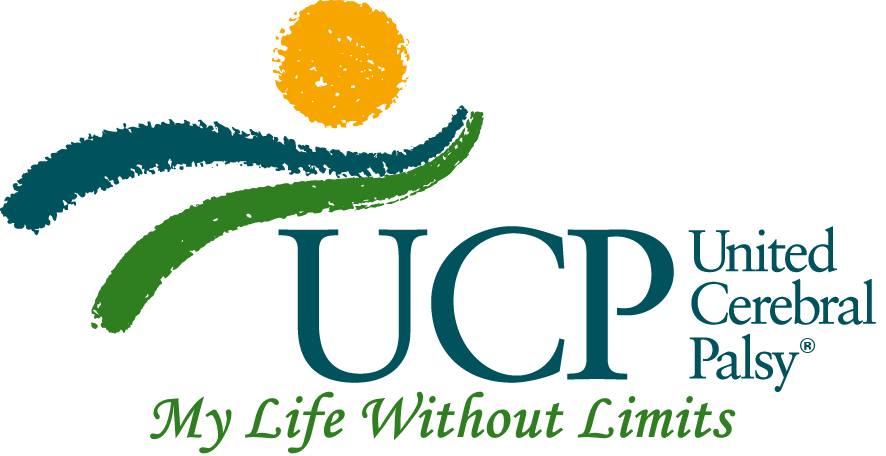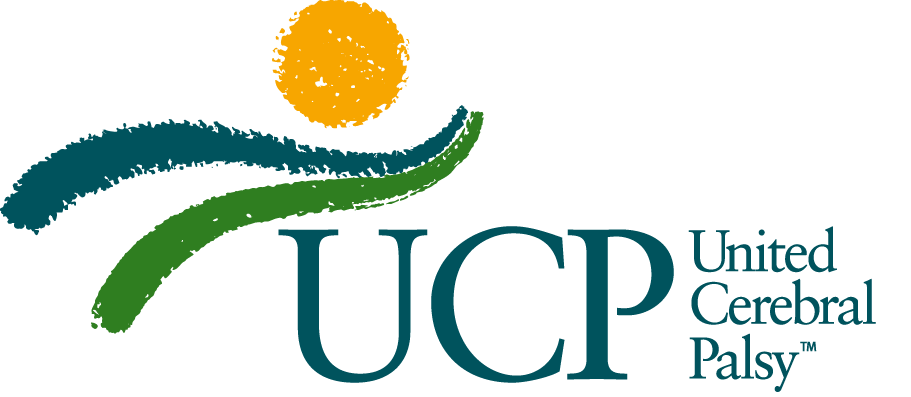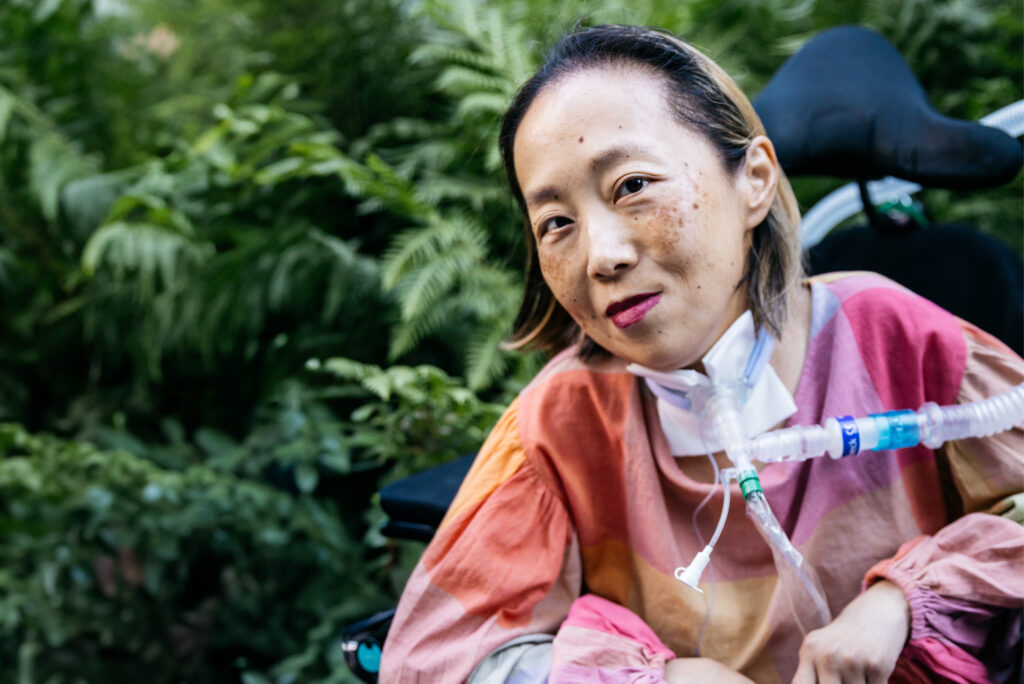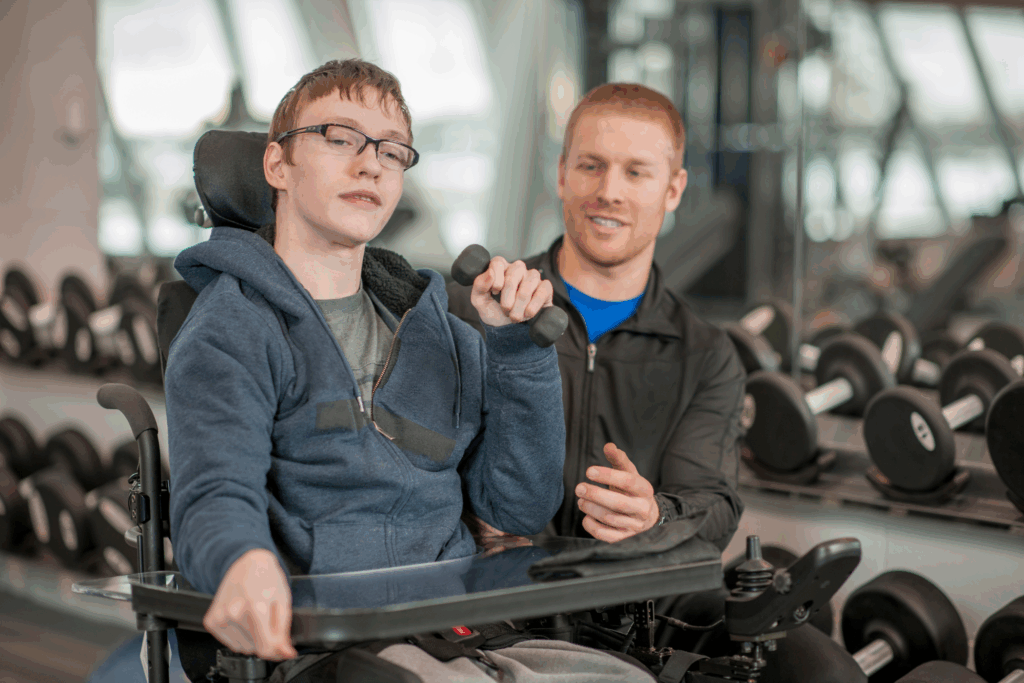By Nick Fodera
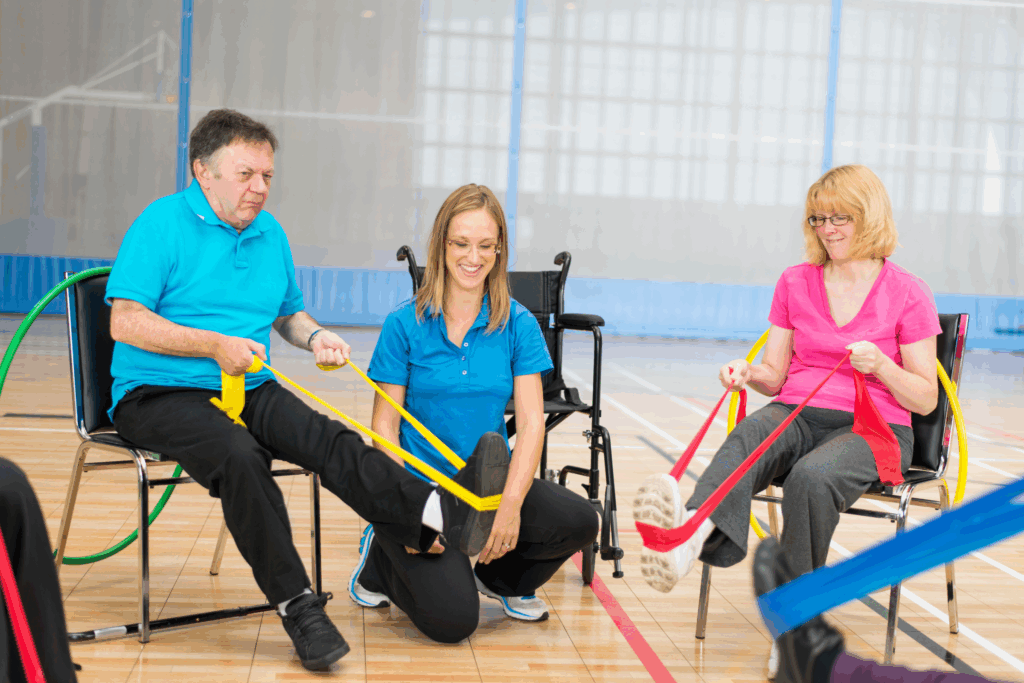
For the estimated 764,000 Americans who live with cerebral palsy (CP) and their countless loved ones and caretakers, the odds could be quite high that physical therapy has played a part in their lives, at one point or another. For those adults and children, it can be both an everyday occurrence and an important part of their day-to-day functioning, a way to make the tough parts of disability a bit more manageable.
Of course, every physical therapy program is different, just like every CP patient is different. Because of that, it’s essential for both CP patients and the army of people behind them to understand the ins and outs of physical therapy and how it can make a difference in their lives.
How Physical Therapy for Cerebral Palsy Differs from General Rehab
Unlike regular rehabilitation for sports and age-based injuries, the point of physical therapy for CP patients is to loosen up affected limbs and strengthen the muscle groups that CP leaves weak and/or uncoordinated. While that is the most important objective, regular physical therapy sessions can help to stave off the secondary medical conditions that can come into play due to a lack of mobility and exercise.
According to this research paper published in the peer-reviewed Journal of the American Medical Association, people with CP are more likely to be diagnosed with:
- Diabetes
- High blood pressure
- Asthma
- Stroke
- Arthritis
What Kind of Exercise Is Recommended?
Most official medical sources, like this study published by the National Institutes of Health (NIH), recommend at least 30 minutes of physical activity per day. This should include a mix of high- and low-intensity workouts, such as:

- Walking
- Cycling
- Swimming
- Stretching
- Mat exercises
- Light weightlifting
Sessions are typically recommended two to three times per week, though frequency may vary based on age and medical history. Obviously, nothing should be done without the approval and close observation of a physiatrist or medical professional, and the types of exercises differ for adults and children.
Tailoring Therapy to the Individual

For the physical therapists in the field treating people with CP, the treatment strategy isn’t nearly as cut-and-dry as it might seem on paper. It involves a ton of forethought, planning, and cooperation to cater to someone’s specific needs, since every person is different.
“The diagnosis may be the same, [but] the individual’s needs are different,” explains Tom Matassa, owner and director of Bell Plaza Physical Therapy in Douglaston, New York. “What I have always prided myself on is individualizing treatments to what the person’s needs are, versus just something formulaic. We’re all supposed to do that, but it gets harder and harder in this environment where you have to see more patients in a shorter time span.”
Emerging Technology in Physical Therapy for CP
Even though cerebral palsy remains constant, medicine and science are advancing in many new ways to treat it. Physical therapy is, unsurprisingly, no different, with a host of new treatment methods unlocked. The American Physical Therapy Association reports that an NIH-developed robotic exoskeleton was used to improve knee extension among pediatric CP patients. Robotic harness systems like the one seen here, designed to act as a body weight support system, are used in gait therapy for CP patients as well.
The Technology Gap in Everyday Practice
Despite these promising developments, such technology is often unavailable for many smaller physical therapy offices, especially private ones that are not a part of a major hospital group. According to Matassa, the reason boils down to price.
“Who wouldn’t want a $100,000 exoskeleton to treat people with? That would be nice … However, in the modern physical therapy setting, that’s almost impossible, because you just can’t afford to do that, unless you’re a cash-based system,” he explains. Despite these budgetary roadblocks, Matassa believes effective treatment depends on the therapist, not the technology. “Bright and shiny is nice, but an excellent physical therapist is better than anything bright and shiny.”
The Human Side of Physical Therapy

How much we understand about cerebral palsy as a disability is constantly changing, yet some things remain constant. For Matassa, who has more than 20 years of experience in physical therapy, the why of it all is as important as the what. “The gift that I get is to be able to walk along somebody through some of their most difficult times and impact their lives is what gets me going.”
To him and to many other physical therapists, the most critical task is to simply care, to treat those with cerebral palsy as people rather than empty vessels for poking and prodding, to be given the same grace, care, attention and dignity that should be afforded to anyone else.
About the Author

Nick Fodera is a freelance writer based in Long Island, New York. Diagnosed with cerebral palsy at age 3, he has worked in the fields of journalism and public health, including the New York State and Suffolk County Health Departments. He earned his master’s degree in journalism at Hofstra University in 2018. In his free time, Nick enjoys comic books, movies, video games, and New York Yankees baseball.
